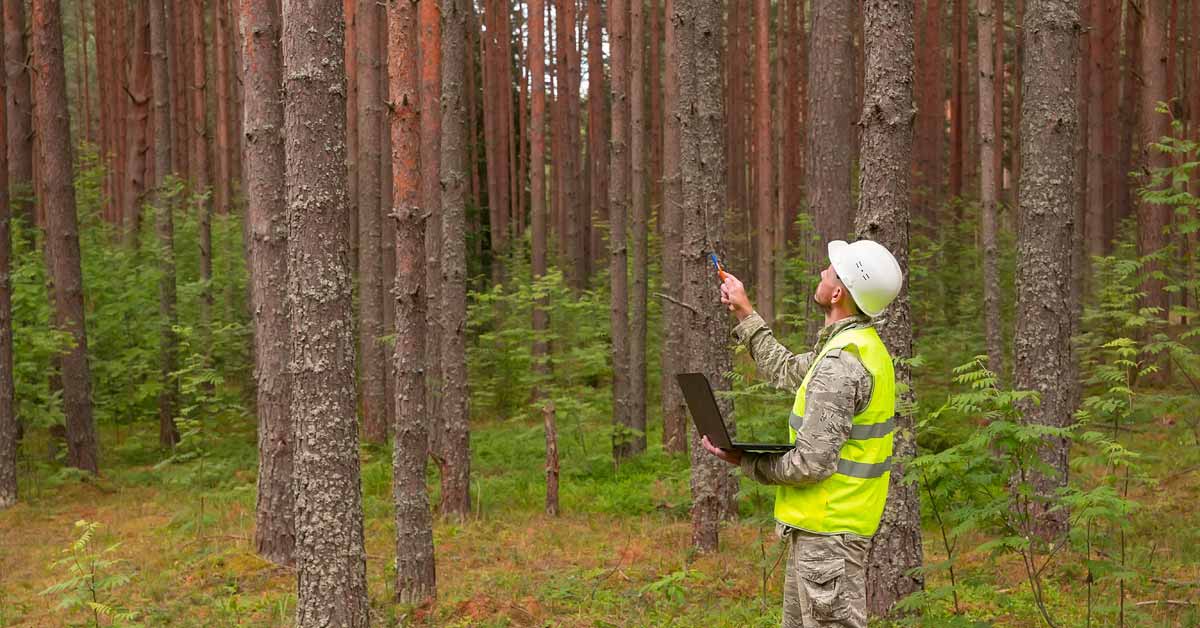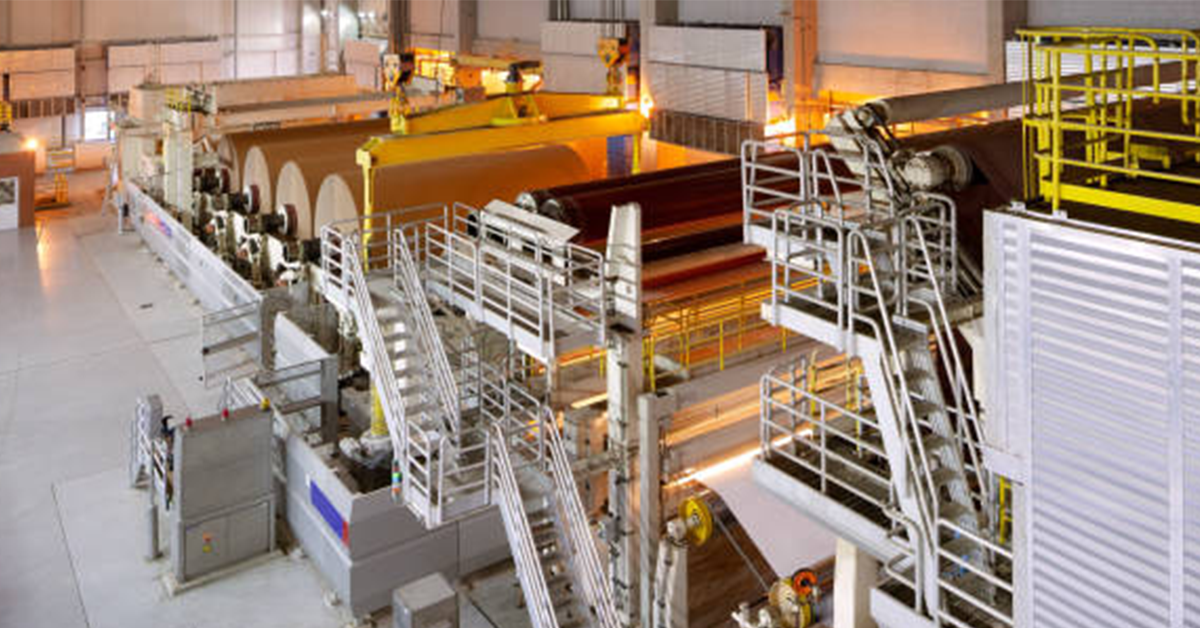
2023 is already halfway over; can you believe it?
Over the past six months, we’ve seen some critical developments in the forestry industry. We've collected a few of the most important headlines we've seen so far this year.
US South Hits Record as Largest Producer of North American Lumber

For several years, the US South has gained significant market share across North American lumber production. US South lumber production has now hit record highs across a sea of decreased year-over-year numbers in the other North American regions.
Production decreased year-over-year in three of the four growing regions in North America in 2022. But we saw a big push in moving operations to the US South. Today, 38% of all North American lumber is produced in that area.
The change comes thanks to several issues in other regions.
For example, increased regulation and risk in the PNW region have driven many lumber companies out of the area. The migration extends up into Canadian forestlands as well. More private land ownership in tree stands makes the south more attractive to many companies.
Lumber output was mostly steady in areas like East Canada and some of the US Pacific Northwest. But Canada’s sawmill closures led to a 36% production drop between 2013 and 2022.
Canadian Wildfires Renew Attention on Prevention and Management

First starting in March, wildfires across several Canadian provinces really amped up their intensity at the start of June.
Though the fires are still burning, this is already the worst season in Canadian wildfire history.
As many people in eastern North America have seen, the fires bring longstanding effects beyond the forests they burn. Smoke moves with advancing winds, spreading unhealthy air to regions far beyond the forest.
According to the National Audubon Society:
“The risk that smoke poses to humans, and to birds, depends somewhat on distance. Toxic gases such as carbon monoxide pose a direct risk to firefighters on the front lines. But smoke’s primary hazards are particles smaller than a strand of hair, which can be carried for thousands of miles.
“Because of their tiny size, they can be absorbed directly into people’s bloodstream and, with exposure over time, lead to health problems, including cancer and cardiovascular diseases. Particulate matter, commonly released from fossil fuels, is estimated to be responsible for 4.2 million premature deaths every year.”
With the smokey problem front and center, we’ve seen renewed chatter on ways to manage and prevent wildfires. This has again brought up an emphasis on targeted forest management.
Using techniques such as forest thinning, debris clearing, and selective species planting can reduce the devastation of wildfires. This is why implementing these plans is so vital.
Related: Clearing the Air on Forest Thinning
Climate change will further extend wildfire season and range. Taking proactive measures now will yield a better outcome on harm reduction down the road.
Ongoing European Chaos Disrupts Global Lumber Markets

Europe’s fast-moving market has meant a significant amount of uncertainty across the region. Much of this disruption has worsened thanks to Russia.
Russia’s war on Ukraine has wreaked havoc on Europe’s wood market. Russia was once a leading exporter of lumber. But the country’s attack on Ukraine has caused many countries to close their ports to Russian exports.
The loss here is staggering at over $1 billion. Many countries have scrambled to compensate for the loss of this lumber source. This has led to some big shifts in how countries import and export wood products.
Other factors, such as pest concerns, have also played a role in market instability. For instance, Latvia recently declared a state of emergency to address bark beetle infestation. Furthermore, China opened trade back up with Australia after lifting a timber ban due to bark beetles.
As globalization opens imports and exports, don’t be surprised if we see ongoing problems with insects, fungal outbreaks, and similar issues.
US Housing Market Drops Several Months in a Row

As the NAHB homebuilder sentiment poll shows, by June we have seen housing market retraction in four consecutive months. Starts and permits were down -0.2% in June. Optimistically, this was far better than the projected -2.1% fall analysts called for.
Home sales began to slow and drop across 2023 thanks to ongoing Fed interest rate hikes and high seller prices. This includes both new home sales and existing homes.
From the forestry side, supply chain issues have slowed a large amount of new home construction. The slowdown is directly related to the above-mentioned strife in European lumber markets.
With demand starting to head downhill and delays dogging the process, we have seen some major drops in lumber prices. Lumber futures have moved downward since February. They are currently down to the lowest we’ve seen since November 2022.
The numbers come in stark contrast to the skyward highs and deep lows we endured in pricing the last two years.

Source: Forest2Market
Our data on SYP KD Lumber Prices show 2023 remaining relatively even-keeled compared to 2021 and 2022. Stability in pricing offers some relief in terms of risk aversion. But enduring problems such as supply chain issues will likely keep impacting lumber demand in the US.
Related: Further Declines in Manufacturing Will Impact Forestry
Insights, Data, and Pricing Solutions with ResourceWise Forest Products
As you can see, the world of forestry moves fast in a global market. You need to ensure you stay informed on what is happening. Otherwise, you could miss important news and updates in your strategizing and decision-making.
ResourceWise provides a broad range of online platforms and business intelligence to help you stay ahead of the game. From expert insights and pricing to mill intel and strategic consulting, our solutions give your business an edge across the forest products value chain.
Learn more about how ResourceWise can help your business do more.




